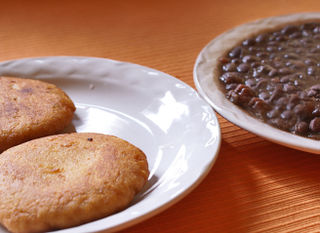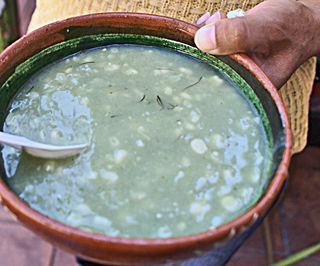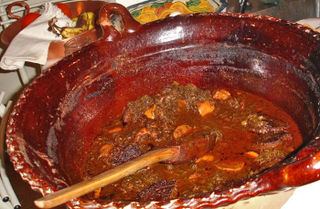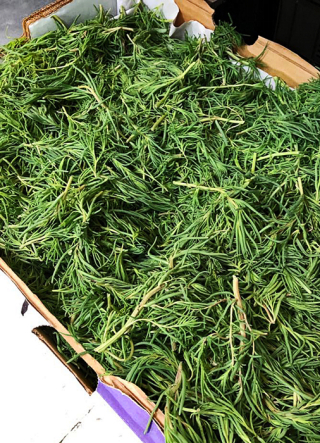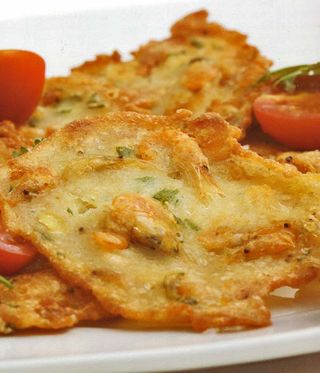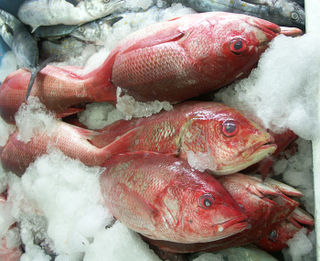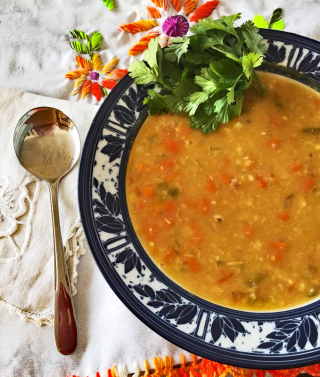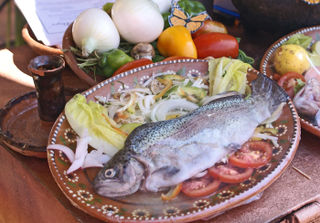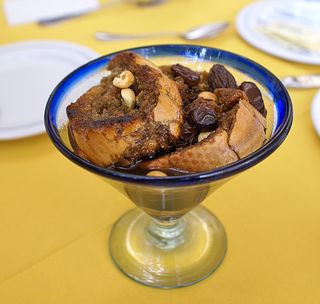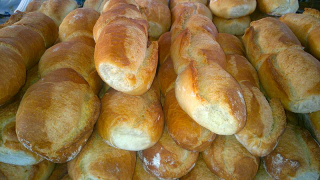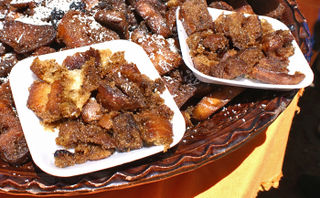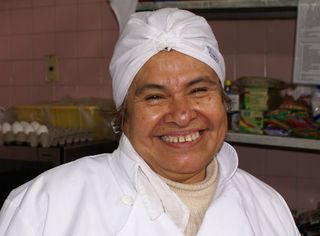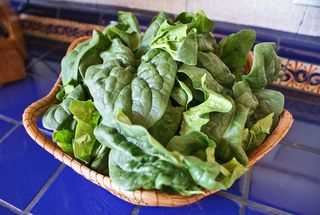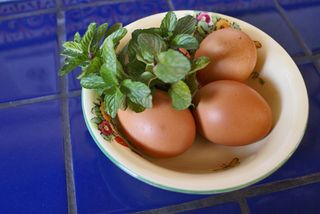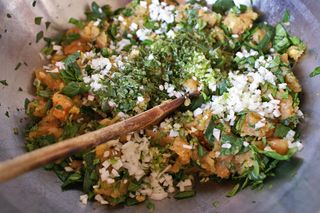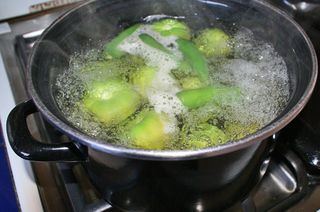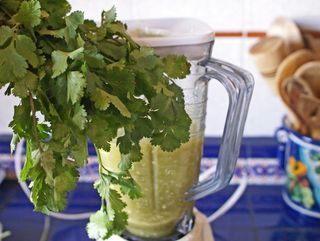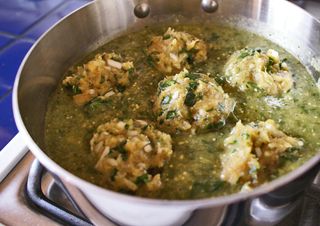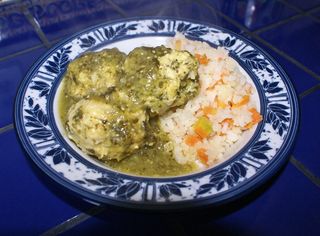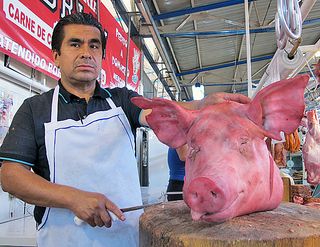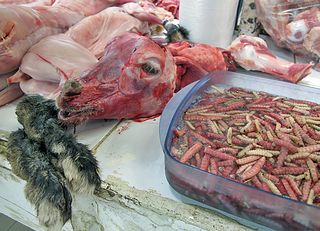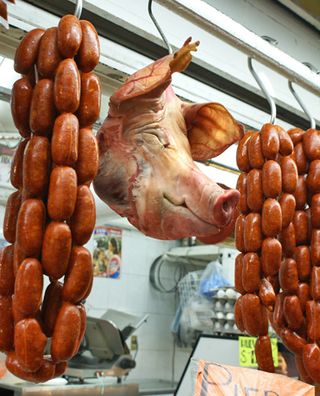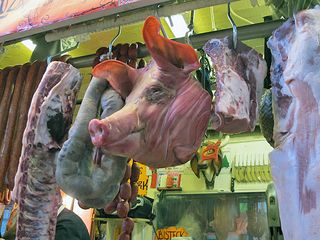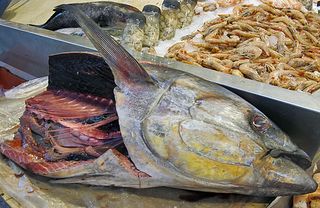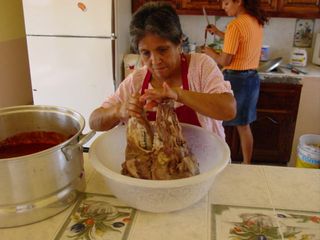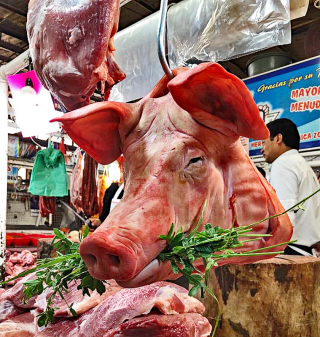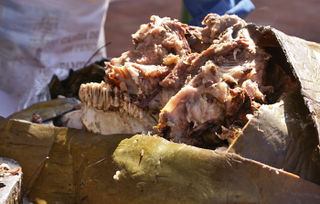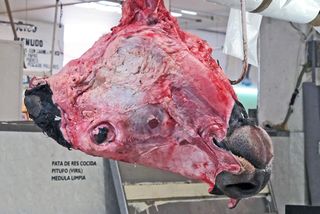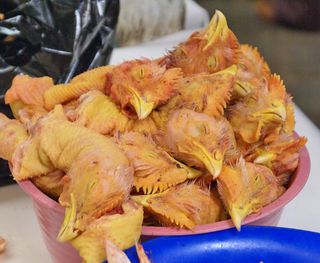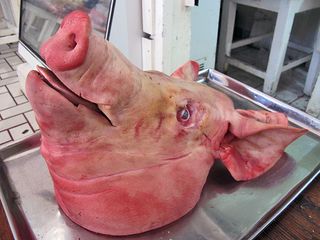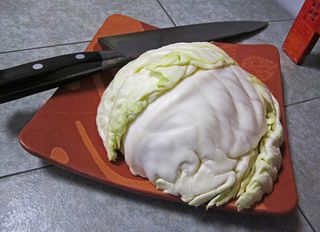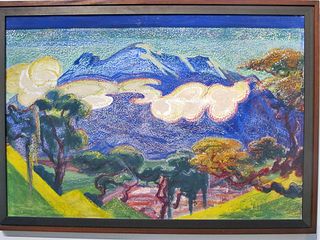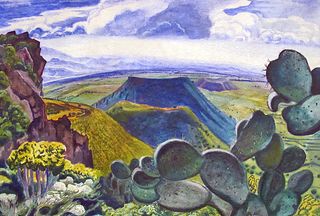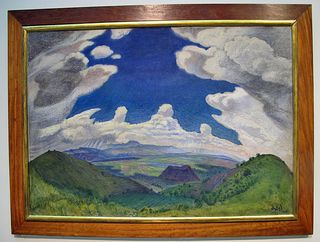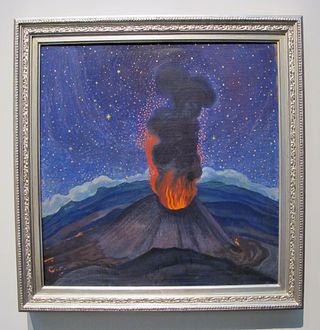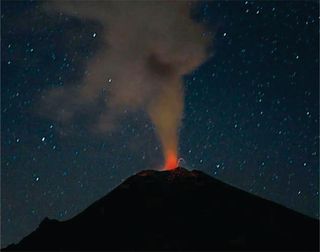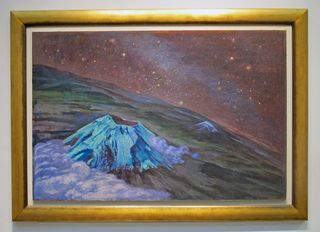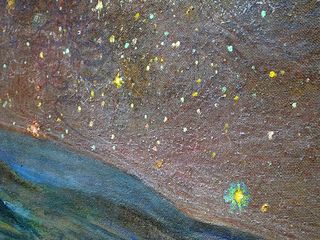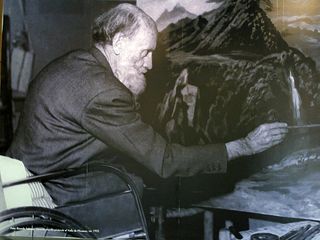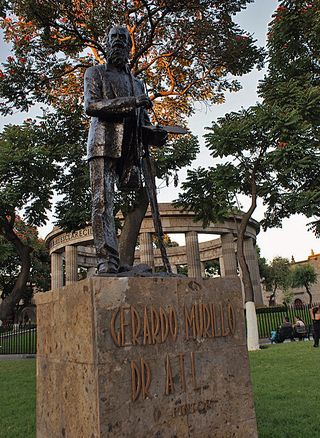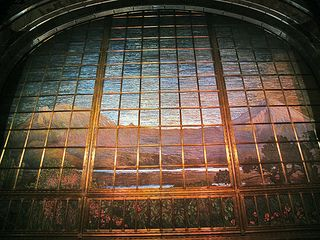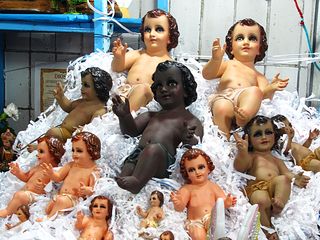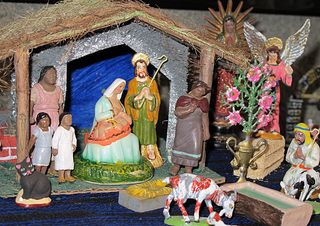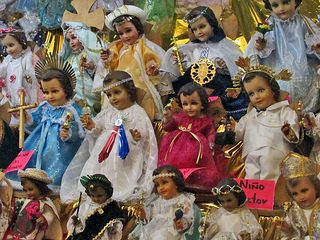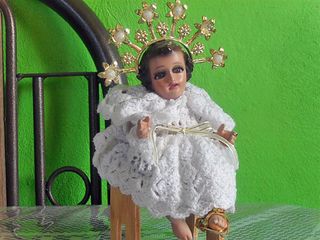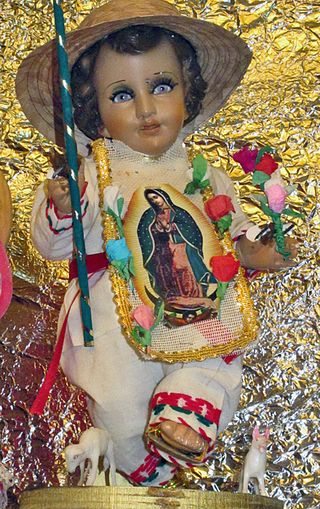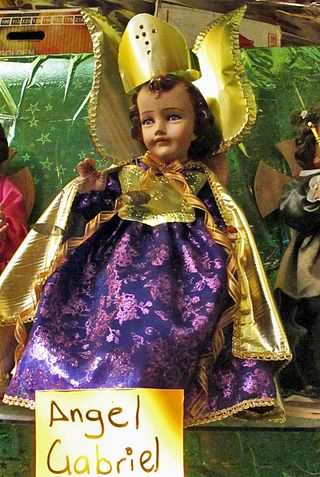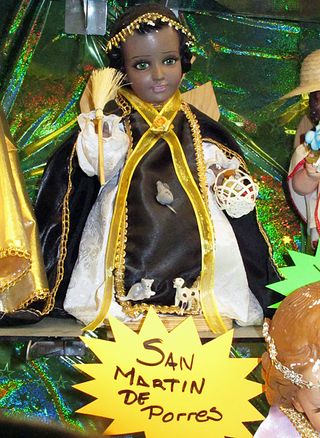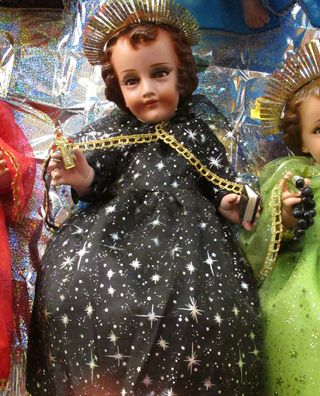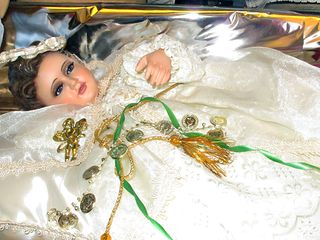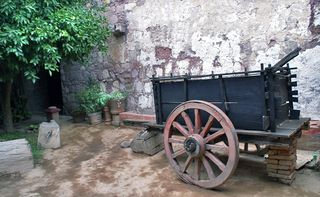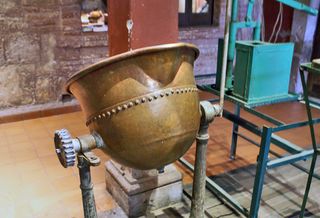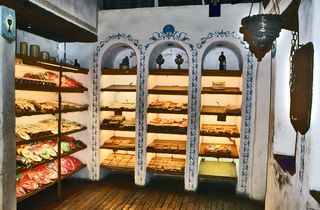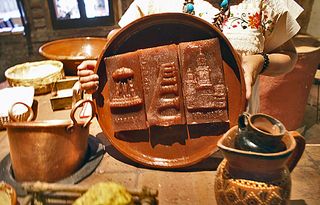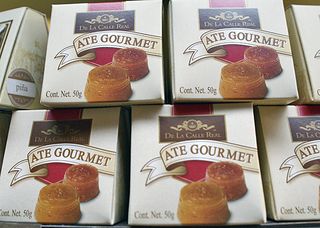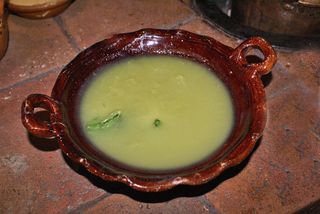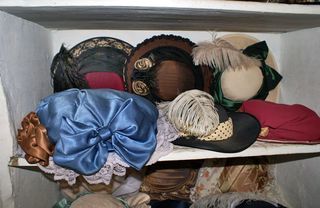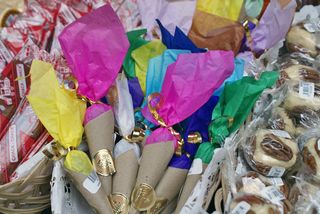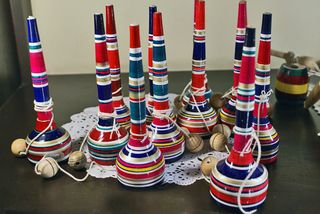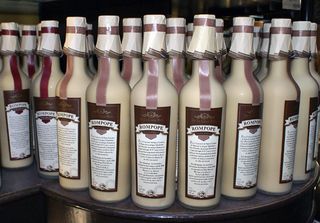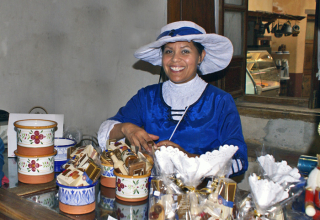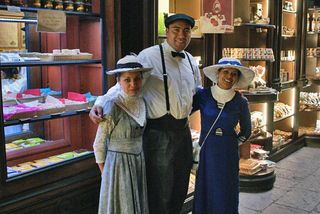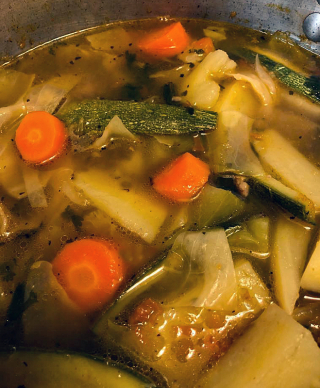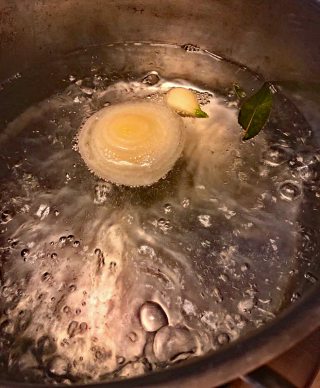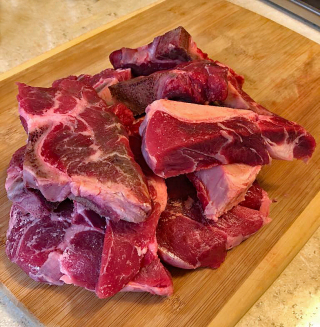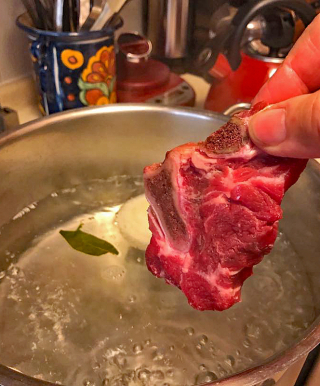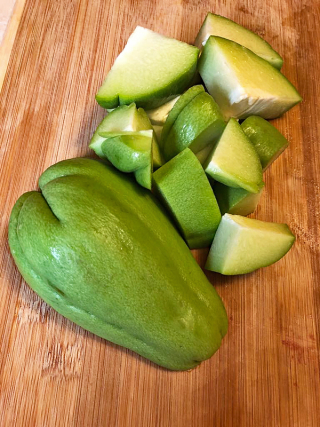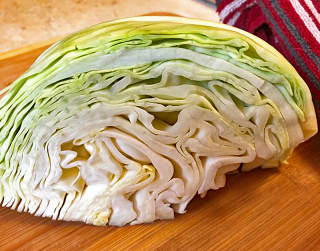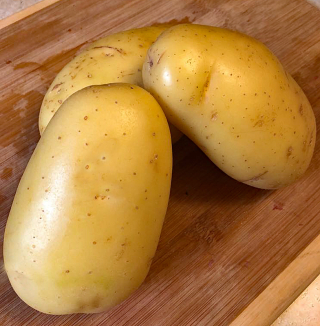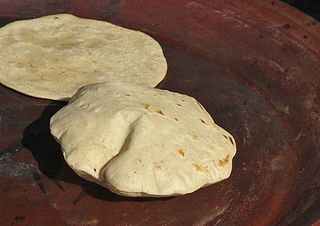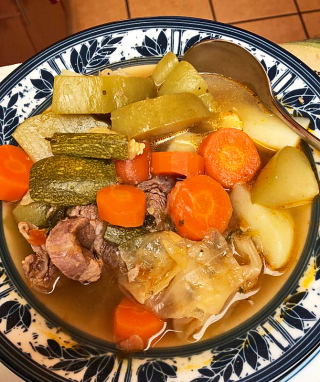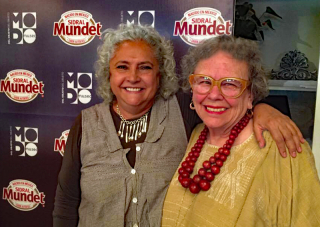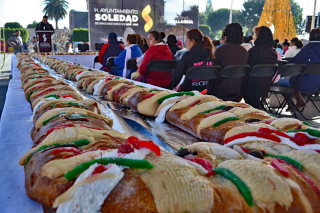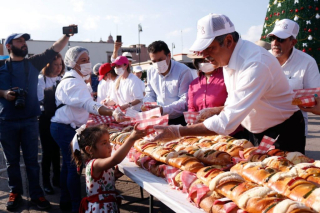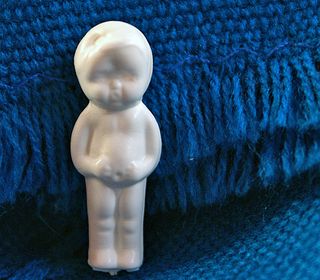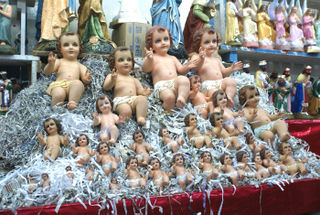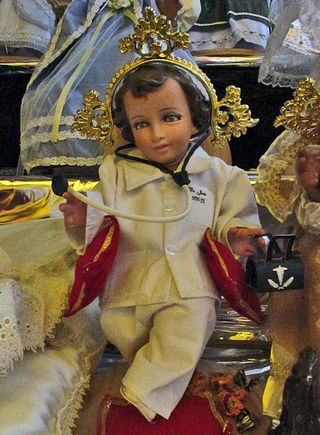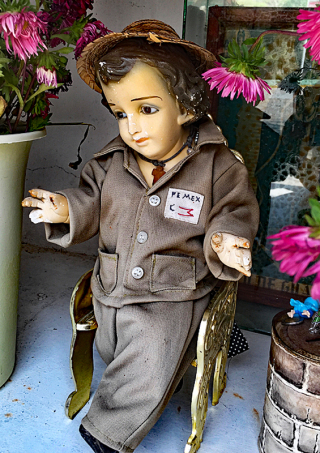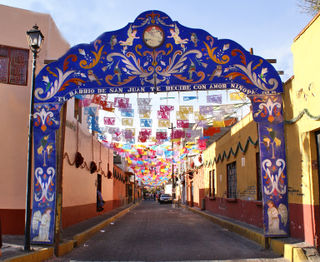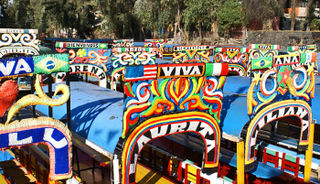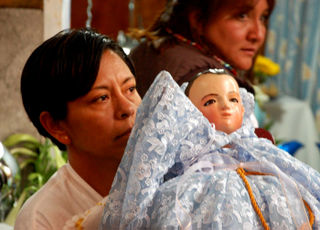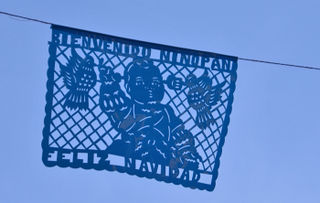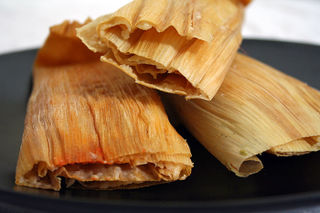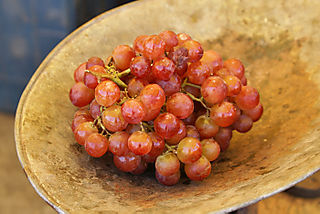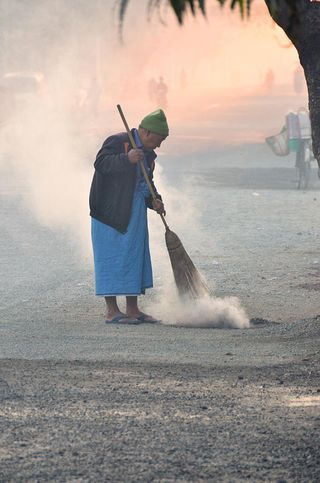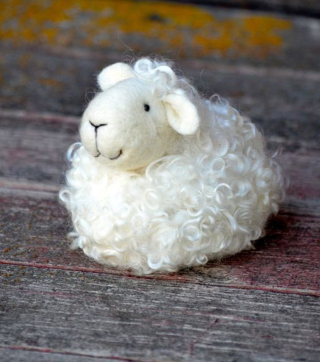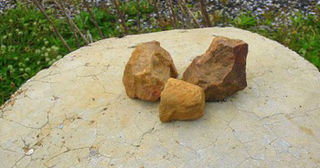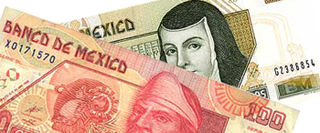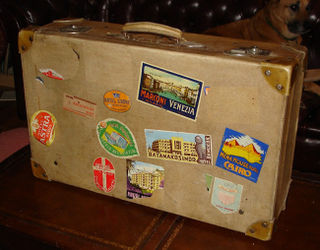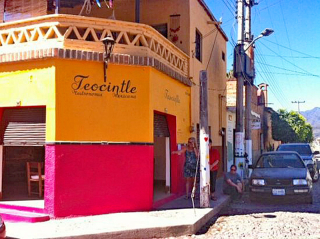
Restaurante Teocintle Maíz, at the corner of Calle Miguel Blanco and Calle Constitución, Ajijic, Jalisco. You could have knocked me over with the proverbial feather. This charming restaurant is about three doors from where I once lived, more than 20 years ago. Back then, the location was called La Frontera, a tiny corner grocery store, owned by my wonderful neighbors don Alfredo Villaseñor and his wife, doña Simona Pineda (may they rest in peace). Today, Gloria Rodríguez Villaseñor, a delightful young woman and granddaughter of my longtime friends the grocers, operates Restaurante Teocintle Maíz together with her life (and business) partner, Ricardo Robles.
A couple of memories:

The wall of the house where I once lived on Calle Miguel Blanco. The wall is all that one one sees from the street–a Mexican street-side wall is usually very plain, giving away nothing of what might be just inside the door. I planted that beautiful vine when it was a baby vine, in about 2000. When I lived in the house, it was simple but comfortable, with lots of character. Now–I don't know what the house behind the wall looks like.
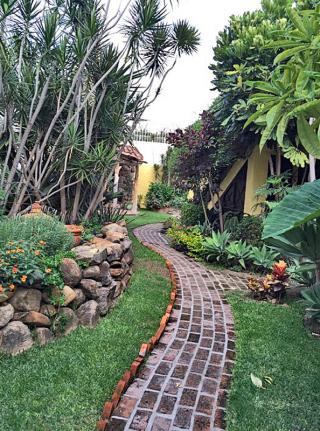
Open the street door and here's the lovely garden. My gardener and dear friend, Jorge Velázquez (RIP), worked with me to make barren, muddy ground into a showcase in the late 1990s. The current owner has made a few changes–the old orange tree is gone, the gazebo at the back left used to be a fountain, that stone retaining wall is new–but the form is pretty much what Jorge and I created.
Fast forward to July 6, 2018:
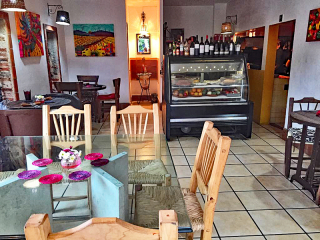
Where there once were shelves filled with cans of chiles and soups, boxes of laundry detergent, crates of eggs sold by weight, bottled soft drinks, boxes of juice, infant formula and disposable diapers, and doña Simona reading a book on her stool behind the counter, we have the cozy interior of Restaurante Teocintle Maíz. The rooms were beautifully created on a shoestring by Gloria and Ricardo, and the restaurant opened just over 18 months ago.
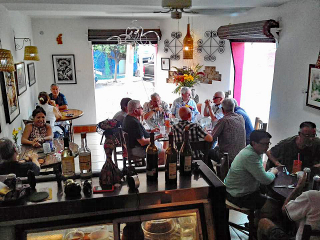
Today, Teocintle Maíz is listed on TripAdvisor as the #1 restaurant in Ajijic. Here, it's casa llena–full house–and it's almost always like that, especially for dinner in the evening. If you want a reservation, call ahead–way ahead! It's that popular, both with Mexican locals, with the large expatriate community in Ajijc, and with visitors to the area.

Ricardo Robles manages Teocintle Maíz, works the front of the house, and is an excellent host. He has also built a great deal of the furniture in the restaurant, including this beautiful table. The table was delivered the day I was there.
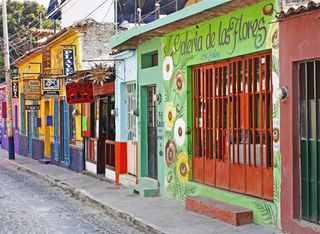
Ajijic is a picturesque little town on the north shore of Lake Chapala, about an hour south of Guadalajara. The town is filled with life-long Mexican residents, a large quantity of gentrified shops and galleries, 200+ restaurants and innumerable street food stands. It suffers from horrendous traffic and boasts a very large population of foreign retirees who are alway looking for the next good place to eat. Several friends had told me about this delightful restaurant, and a few weeks ago, I was able to sneak in without a reservation, just before closing time, to see what all the buzz was about. I was, quite frankly, as dubious as I usually am about reportedly great restaurants, especially in the hinterlands.
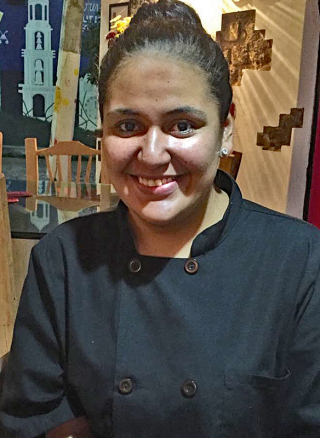
The lovely and extremely talented chef Gloria Rodríguez Villaseñor is in charge of the kitchen at Teocintle Maíz. We chatted for a few minutes and she asked if I'd had supper. No… She sat me at a little table by a window and gave me the menu. R
icardo came to take my order, and I asked him to choose something for me. "I prefer traditional Mexican food over modern Mexican food, and I leave myself in your hands."
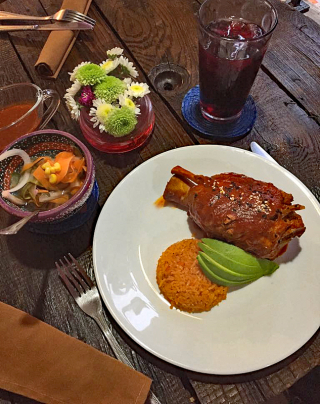
My magnificent supper: one of the most traditional meals from Jalisco, the chamorro (pork shank), accompanied by superb, lardy, frijolitos refritos, arroz a la mexicana, avocado slices, and house-made corn tortillas. Chamorro is cooked over very low heat in a spicy red sauce until it is fall-off-the-bone tender. This one was perfect–no ifs, ands, or buts, perfect–and I ate the whole enormous thing. When you go, order it–and you'll eat the whole enormous thing, too. And the beans! It's extraordinary to be served beans of this quality: home-style, smooth and well-fried in just enough lard to make you think you've gone to what I've heard called 'hog heaven'. The tortillas were corny and delicious, and wrapped in a napkin as God intended. To drink, I had a refreshing house-made, just-sweet-enough agua fresca de jamaica ('fresh water', made from roselle, a type of hibiscus).
Chef Gloria studied at the acclaimed Centro Educativo Jaltepec and now gives courses at that culinary school. Her resumé shows tremendous drive and direction; she is extremely accomplished in all facets of a person moving toward a specific goal: owning a restaurant of her own. She has worked with the most outstanding and talented chefs in the Lake Chapala and Guadalajara area, and always with the goal to succeed and move forward. It's a joy to see that she absolutely knows what she's doing, both in the kitchen and in the front of the house, and yet is very humble about her accomplishments and her talents.
Fast forward to 2020: about 10 days ago, I was once again visiting friends in Ajijic and had the tremendous experience of two meals at Teocintle Maíz, once for comida (Mexico's midday main meal of the day) and once for cena (supper).

At both comida and cena, my companions and I ordered guacamole to share. Silky smooth and served with panela cheese, it is the perfect start for your meal.
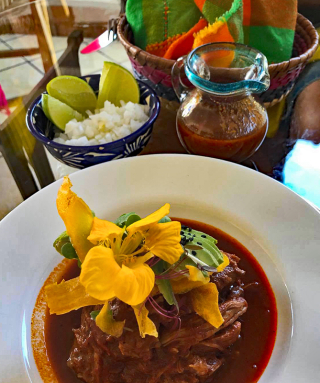
For comida, my main dish was Jalisco-style birria (long-braised goat meat). It was simply heavenly: just spicy enough, served with a pitcher of its own consomé (the liquid it was simmered in), a bowl of perfectly cooked rice, and topped with edible nasturtium blossoms, a long house-made banana chip, and avocado slices. I ate it first with a fork, then with a soup spoon, and finally sopped up the consomé with native corn tortillas made on the premises.
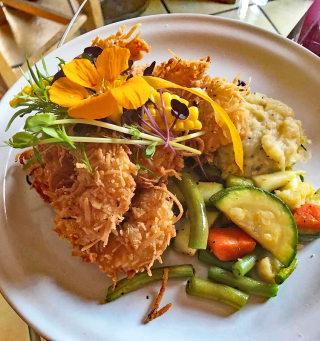
At cena the next night, my companion ordered coconut shrimp served with sautéd mixed vegetables and freshly made mashed potatoes. She graciously allowed me to eat one of the shrimp. Crunchy with coconut, fried to just the right state of done-ness, the shrimp was sweet enough but not too sweet, the vegetables were perfectly cooked, the potatoes were flavorful and creamy. What more could a person as for?

I ordered the ribeye steak served with a baked potato; I asked the wait staff to ask that the steak be cooked between rare and medium rare, thinking my usual, "It will probably be be cooked medium to well-done." Oh ye of little faith! The steak was perfectly seared and right in the middle between rare and medium rare. The outside edges were crispy with blackened fat, the meat itself was silky and delicious. It's very, very difficult to find a piece of beef like this in most of Mexico, and I rarely order any kind of steak when I'm dining out. But this? Even the photo makes my mouth water.
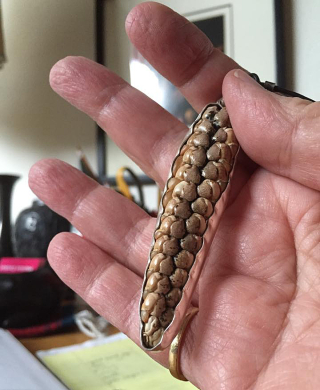
The restaurant's multiple uses of corn bring me to the name of the restaurant: why Teocintle Maíz? It's not an easy name for Ajijic's foreign community to pronounce, many Mexicans have no idea what it means, and the evening I was there Ricardo and chef Gloria called the kitchen staff into the dining r
oom to talk about teocintle–and to show them what it is. What you see in the photo above is my 'trademark'–an actual mazorca (ear) of the ancient grain that was domesticated approximately 8,000 to 11,000 years ago by Mexico's Stone Age people to become what we know today as corn. Teocintle the wild grain still exists in Mexico; several years ago, a friend of mine cultivated quite a lot of it and was able to harvest a zillion seeds and 10 whole ears. He framed those 10 whole ears in silver, and I wear mine as a necklace every day–first, because I love it, and second, because it is a teaching tool about corn's domestication. I was touched to the heart to know that this small restaurant in this tiny town is named for the thousands of years old grain that became Mexico's heritage food and gift to the entire world. You can read more about that here.
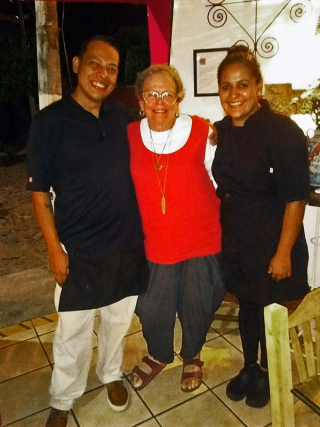
At the end of the evening, Ricardo, Mexico Cooks!, and chef Gloria posed for posterity. We had a wonderful time together. When I first went to Teocintle Maíz, it was rated Number One in Ajijic on TripAdvisor. Ten days ago, when I went back, I discovered that it is still rated Number One and truly deserving of the rating.
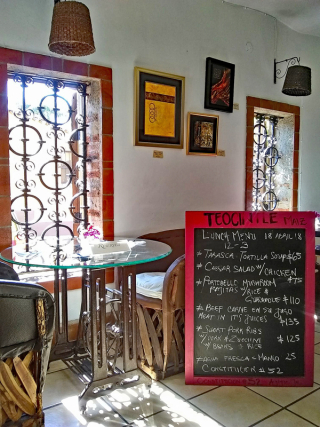
A menu board announces each day's offerings. Clients truly rave about everything, and I need to go back soon to try some other dishes. Meantime, until I can get there, you go. Tell them Mexico Cooks! sent you. You'll be so glad you went.
Restaurante Teocintle Maíz
Constitución 52, at the corner of Miguel Blanco
Ajijic, Jalisco
01 33 1547 8968 for hours and reservations
Looking for a tailored-to-your-interests specialized tour in Mexico? Click here: Tours.
